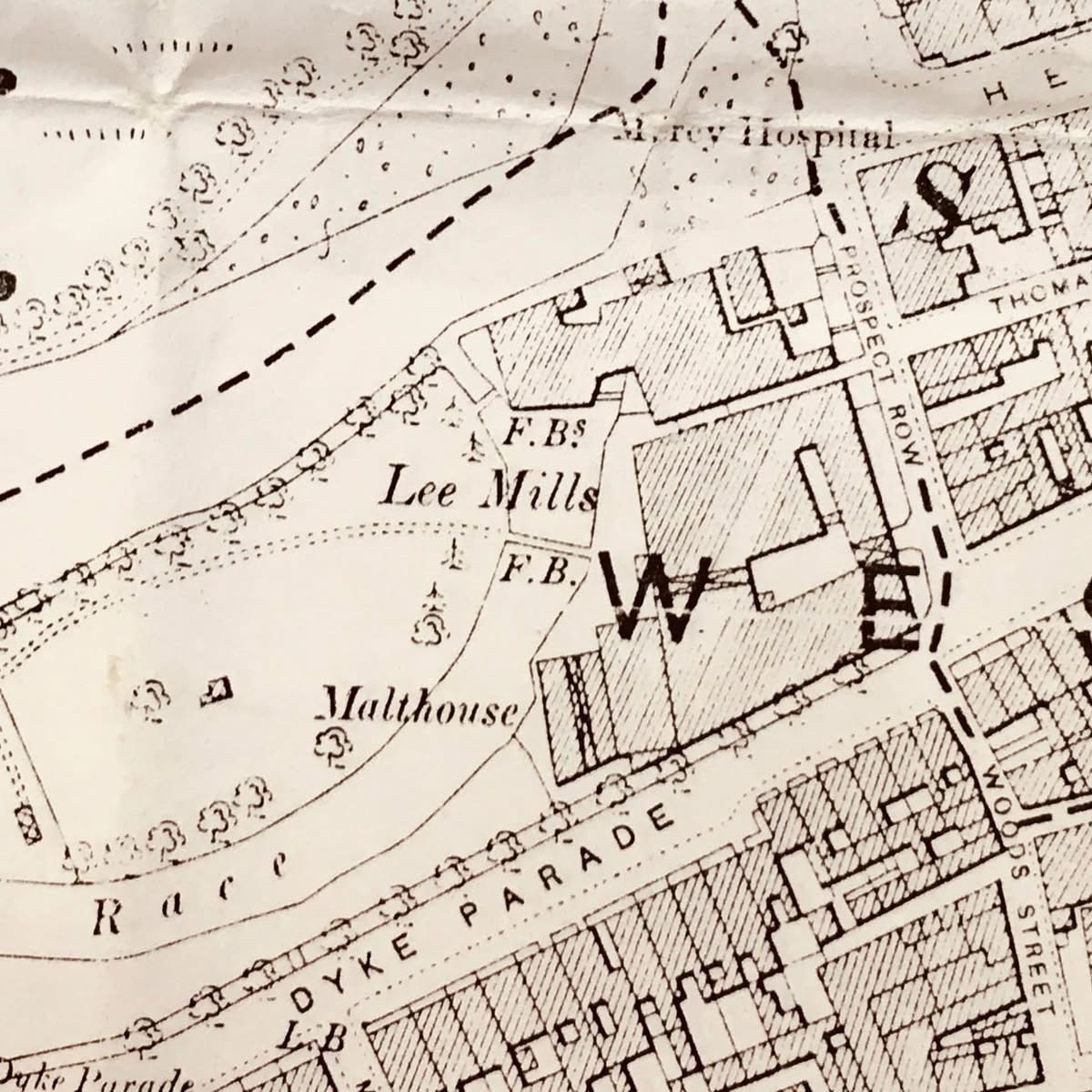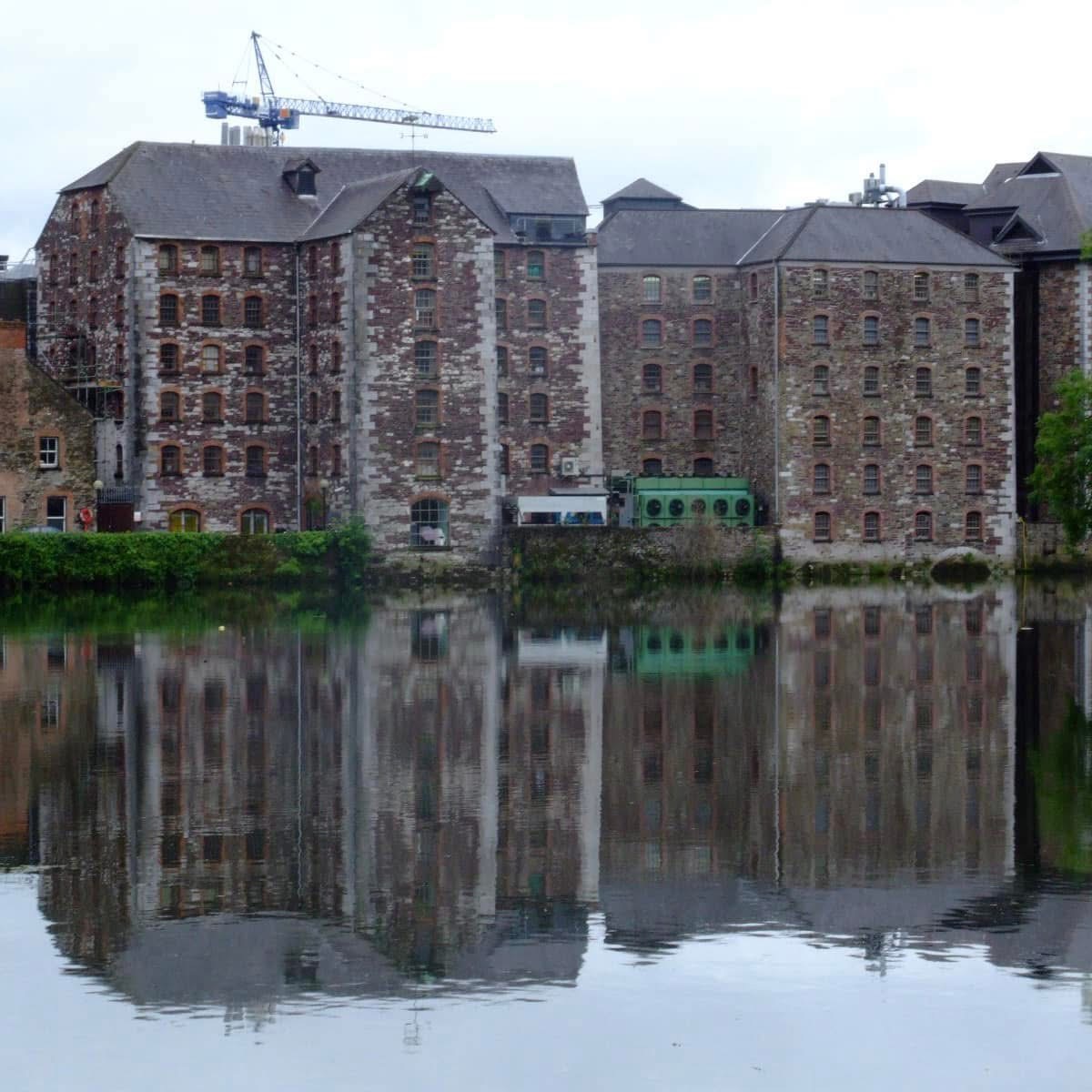An Gorta Mór: A Reconnaissance Mission

10 Jan 1846: William Hewetson arrived in Cork City to do some reconnaissance for his latest project. Until recently Hewetson was a Southhampton based Commissariat Officer. But with concern about the blight simmering and rumours of corn for the hungry circulating, Hewetson saw an opportunity and appealed directly to Peel for involvement due to his self-proclaimed Indian corn expertise earned from years in America.
On 12 Dec 1845, he received the news for which he had been hoping. The Indian Corn that Prime Minister Peel had ordered from America would be arriving soon and the British Treasury had appointed Hewetson the Superintendent for the milling and distribution of the corn upon its arrival in Co. Cork.
Upon his arrival in Cork, Hewtson set about in search for adequate milling capacity. After anonymously meandering through the streets of Cork City for several days, he came upon Lee Mills. The mills were originally designed for the milling of flour and corn. They would, over time be incorporated into a sprawling industrial / agricultural processing network of buildings called The Lee Maltings complex. In addition to the mills, the complex included a malting operation, brewery and residential facilities.
The mills specifically, were purpose fit for Hewtson's endeavor with more than dozen pairs of grinding stones, several massive drying kilns, a large sacking facility and storage space big enough for 18,000 barrels of grain. A deal was quickly struck for the rental of the mills and the only thing missing the Indian corn itself.
When the supply finally arrived, so did some additional technical and timing challenges. The stones used by flour mills could not adequately grind the tough Indian corn using the same process, confirming what had been reported elsewhere in Europe. A detailed Indian Corn milling process was needed and it read as such:
> 8 hours of kiln drying
> 48 hours of cooling
Grinding with stones father part than typical and spinning at a slower speed
>48 hours of cooling
> Sacking in bags selected for this purpose since flour sacks on hand were not suitable
> 24-48 hrs of additional cooling
> Loading sacks into barrels, for shipment to any of 11 depots established in the East, Midlands and West of the island
Hewetson had initially estimated the mills would produce 800-1,000 barrels of cornmeal per week. But by mid-February he was forced to lower his estimate due to lengthy processing times. In a letter to Sir Randolph Routh, Chairman of the Relief Commission, Hewetson confirmed that he could only manage 600 barrels per week.
As a reminder when the depots were set to be opened in May of that year, meal would not simply be handed out to the hungry. Reflective of the government's Political Economy derived approach to everything, it would be sold at market price so as not to impact the livelihood of local merchants. Surely this was not the level assistance the people needed.
Source: "The Graves Are Walking", by John Kelly


